17 Air-Purifying Plants That Are Safe for Allergy-Prone Homes
Adding houseplants to your home can do more than just brighten up a room. Certain plants can help purify the air, making your living space healthier and more comfortable. For those with allergies, choosing the right plants is key. Allergy-friendly houseplants are less likely to trigger sensitivities while still offering their air-purifying benefits. These plants can remove harmful toxins and improve the overall air quality in your home. Plus, they bring a natural touch to any room, making your space feel fresher.
This post may contain affiliate links, which helps keep this content free. Please read our disclosure for more info.
Spider Plant
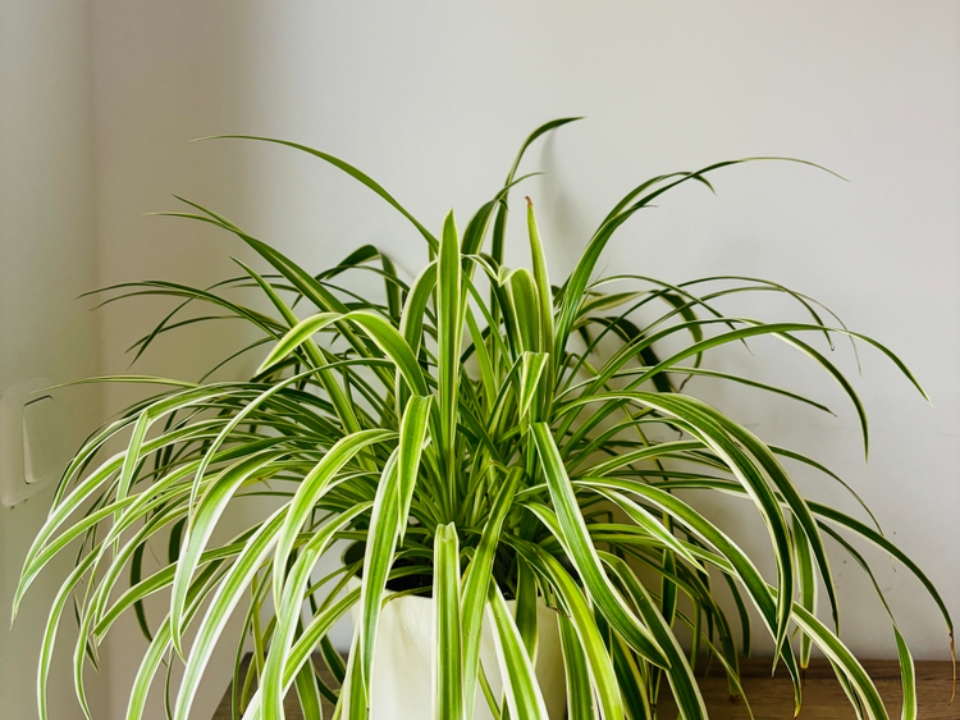
Spider plants are a popular choice for those looking to purify the air in their home. They are easy to care for and known for their ability to absorb carbon monoxide and other toxins, making them a perfect addition to any indoor space. The plant is also non-toxic to pets, which is a great feature for families with animals. Spider plants thrive in bright, indirect light and prefer well-drained soil, requiring minimal water and maintenance.
The versatility of spider plants makes them a great choice for various room types. They are known for producing long, arching leaves and small white flowers, adding visual interest to any room. Due to their low care requirements, they can survive in a wide range of conditions, making them ideal for beginners. Their air-purifying properties make them not only beautiful but functional as well.
Peace Lily
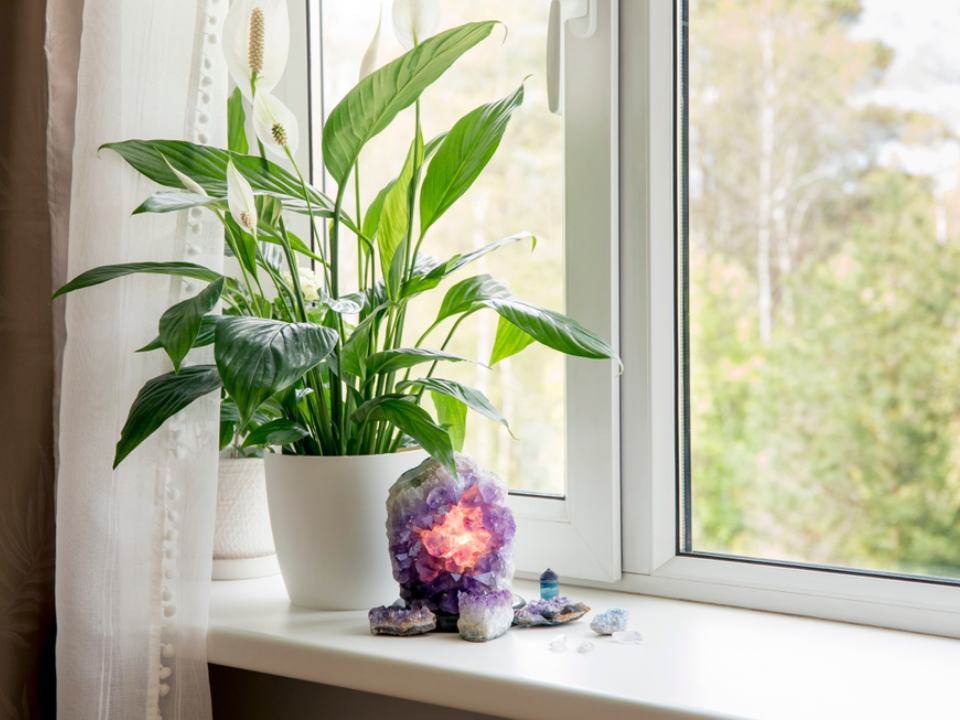
Peace lilies are excellent air-purifying plants that help reduce the presence of harmful chemicals in the home. They are especially effective in removing formaldehyde, benzene, and trichloroethylene, improving the overall quality of indoor air. The peace lily’s lush green foliage and elegant white flowers make it a beautiful addition to any space. They prefer low to medium light and only need to be watered when the soil feels dry to the touch.
These plants are particularly beneficial for people with allergies because they do not release significant amounts of pollen into the air. Peace lilies can help create a more comfortable environment for allergy sufferers by cleansing the air and reducing irritants. With proper care, they can thrive indoors for many years, offering both aesthetic and health benefits.
Aloe Vera
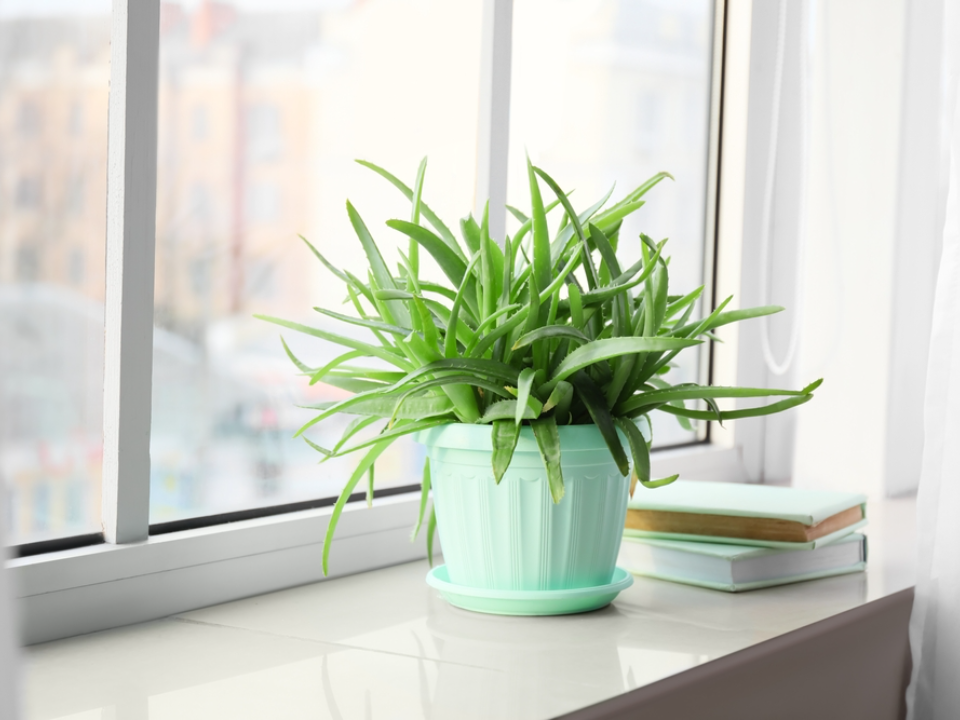
Aloe vera is not only well-known for its healing properties but also for its ability to purify indoor air. This hardy succulent absorbs harmful chemicals such as formaldehyde and benzene. Aloe vera is easy to care for and requires very little attention, thriving in bright light and needing only occasional watering. Its thick, fleshy leaves store moisture, making it drought-tolerant and ideal for homes with a dry climate.
Aside from its air-purifying qualities, aloe vera has medicinal uses that can help soothe burns, cuts, and skin irritations. The plant’s gel is well-regarded for its cooling and healing properties, offering dual benefits as both a houseplant and a natural remedy. It is also safe for homes with pets, making it an ideal choice for households seeking allergy-friendly plants.
Bamboo Palm
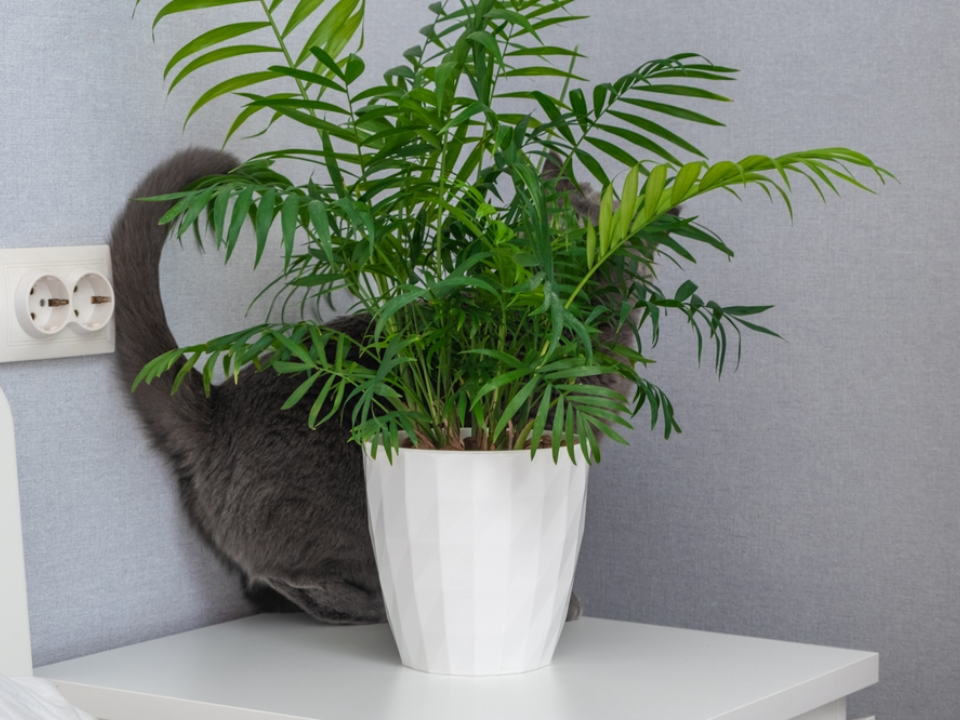
The bamboo palm is a highly effective plant when it comes to cleaning indoor air. It can remove toxins such as benzene, formaldehyde, and trichloroethylene. Known for its elegant appearance with long, feathery fronds, the bamboo palm thrives in low to medium light and prefers moist, well-drained soil. It requires only occasional watering and is relatively easy to maintain.
This plant is ideal for allergy sufferers because it is non-toxic to pets and does not release pollen. The bamboo palm can thrive in humid conditions, making it perfect for kitchens and bathrooms. Its ability to purify the air while adding beauty to the home makes it a favorite among those looking to improve both aesthetics and air quality.
Lavender
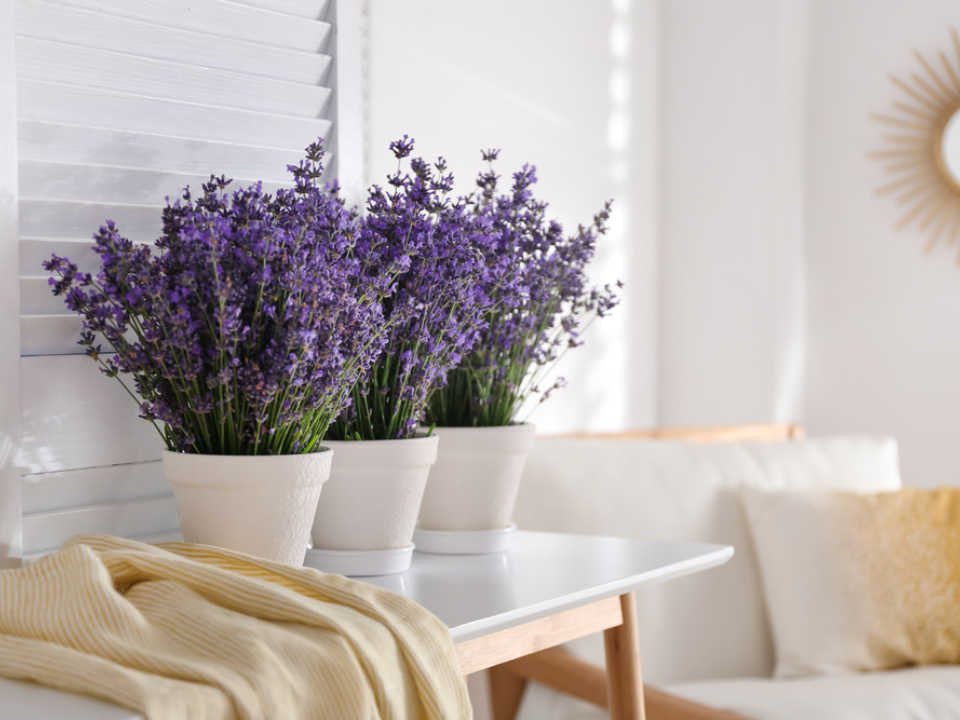
Lavender is not only known for its calming scent but also for its air-purifying qualities. This fragrant herb can help to remove toxins from the air and create a calming atmosphere. Lavender thrives in bright, direct sunlight and requires well-drained soil. It is drought-tolerant and does not need frequent watering, making it easy to care for.
Lavender’s aroma is also known to reduce stress and promote relaxation, making it a great addition to bedrooms or home offices. It is especially beneficial for people with allergies as it has anti-inflammatory properties that can help soothe respiratory conditions. With its calming fragrance and ability to improve air quality, lavender is an excellent choice for any home.
Snake Plant
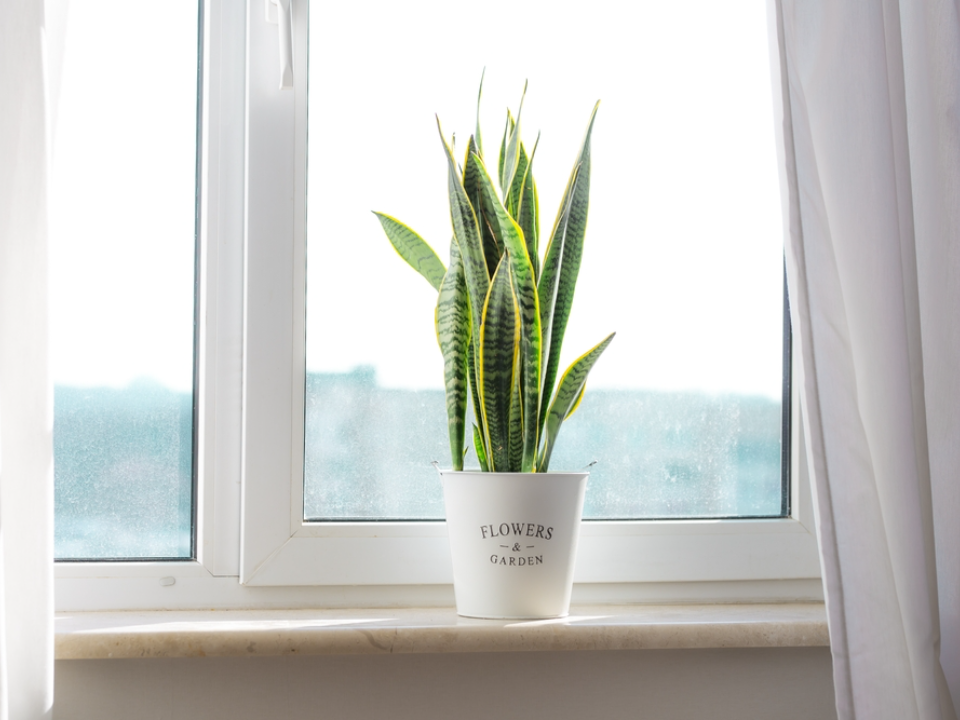
Snake plants, also known as mother-in-law’s tongue, are incredibly hardy and efficient at purifying indoor air. These plants absorb carbon dioxide at night and release oxygen, improving air quality while you sleep. Snake plants can survive in low light and require very little water, making them a great option for busy individuals or those new to plant care.
In addition to their air-purifying properties, snake plants are known for their sleek, upright leaves that add a modern touch to any room. These plants are non-toxic to pets, making them a safe choice for households with animals. Snake plants are incredibly low maintenance and can thrive in a variety of indoor conditions, making them a great option for anyone looking to improve their home’s air quality.
Rubber Plant
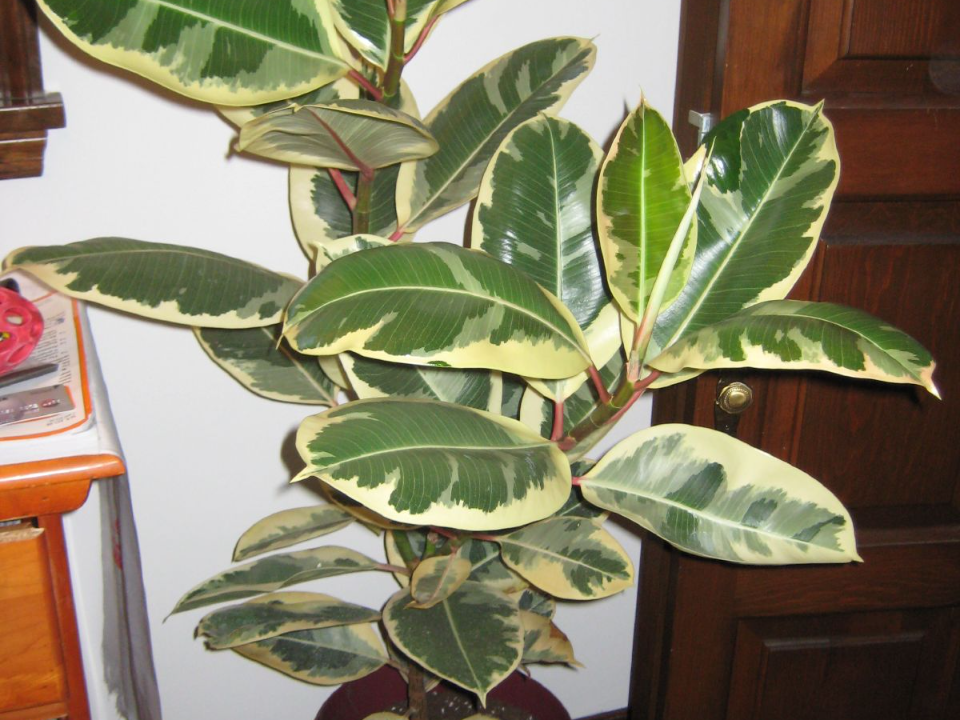
Rubber plants are known for their large, glossy leaves and their ability to purify the air. They effectively remove toxins like formaldehyde, making them ideal for creating a healthier home environment. Rubber plants prefer bright, indirect light and need regular watering, but they can tolerate some neglect. Their large leaves help absorb toxins, purifying the air and making the environment more comfortable.
These plants are beneficial for allergy sufferers because they do not release pollen into the air. Their tall, attractive form makes them an excellent choice for larger rooms or spaces that need a touch of greenery. With proper care, rubber plants can thrive for years and offer both aesthetic and health benefits in your home.
English Ivy
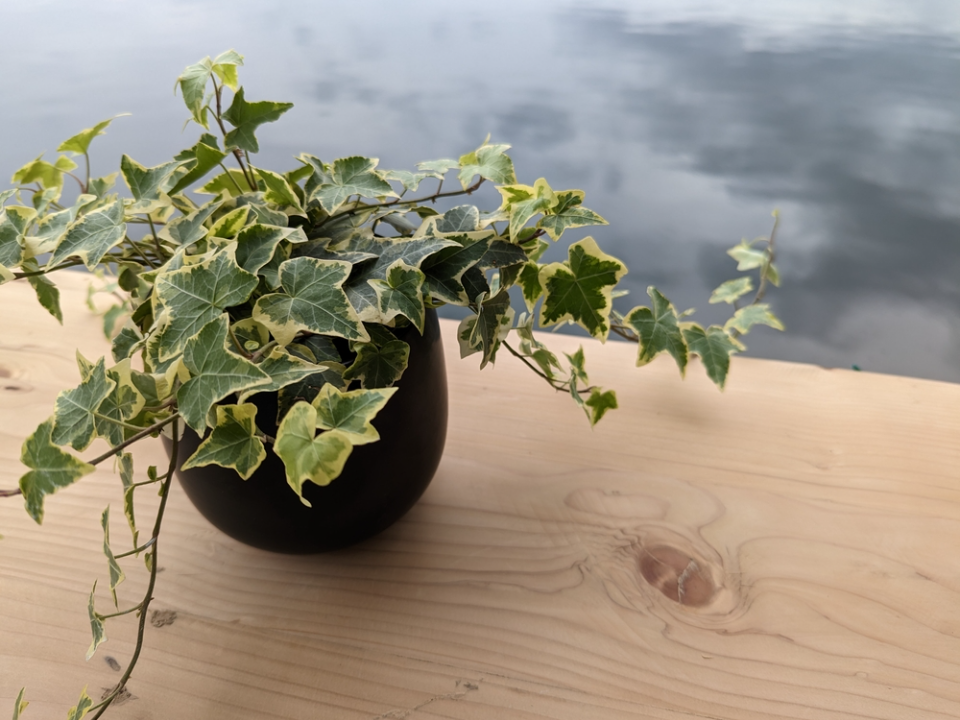
English ivy is a fast-growing vine that is known for its air-purifying properties. It is effective at removing airborne mold and other allergens, making it particularly beneficial for people with respiratory issues. English ivy grows well in low to medium light and prefers moist, well-drained soil. It requires regular watering and occasional pruning to maintain its shape and health.
The plant’s ability to filter out harmful particles in the air helps reduce allergens and improve overall air quality. Its trailing vines make it a great option for hanging baskets or as a ground cover. English ivy is non-toxic to pets, making it a safe and allergy-friendly option for homes with animals.
ZZ Plant
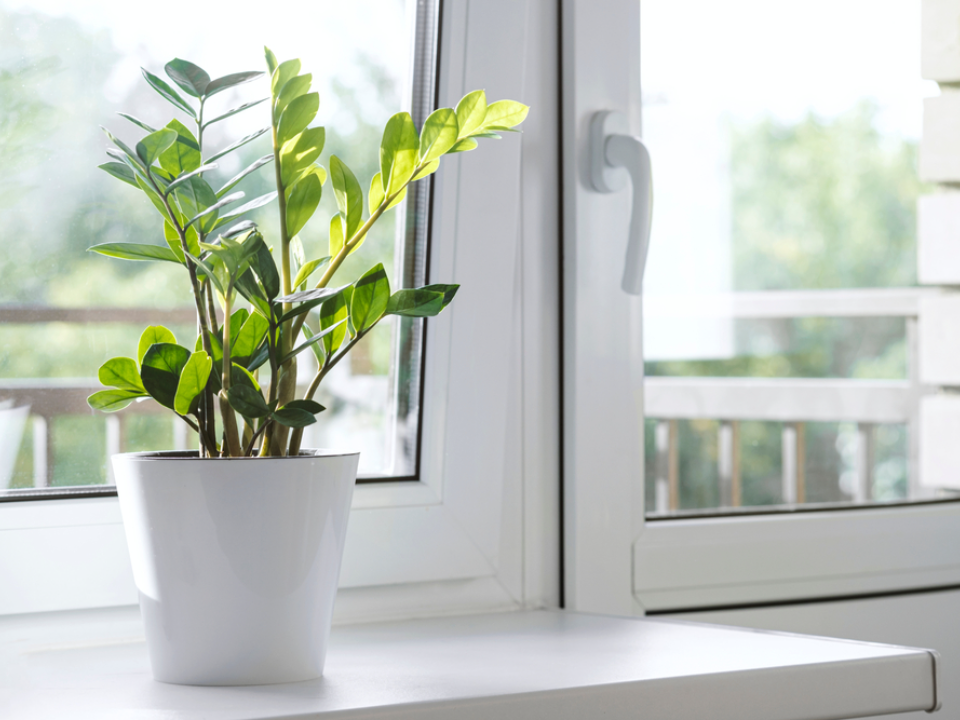
The ZZ plant is one of the toughest houseplants you can find. It is virtually indestructible, thriving in low light and requiring minimal water. The ZZ plant’s dark green, waxy leaves give it a unique and attractive appearance. It is effective at filtering indoor air and removing toxins such as xylene, toluene, and benzene.
This plant is ideal for those with allergies because it does not release any significant amounts of pollen. The ZZ plant’s ability to survive in a wide range of conditions makes it a perfect choice for homes that may not get much natural light. Its low-maintenance nature combined with its air-purifying qualities makes it an excellent addition to any indoor space.
Philodendron
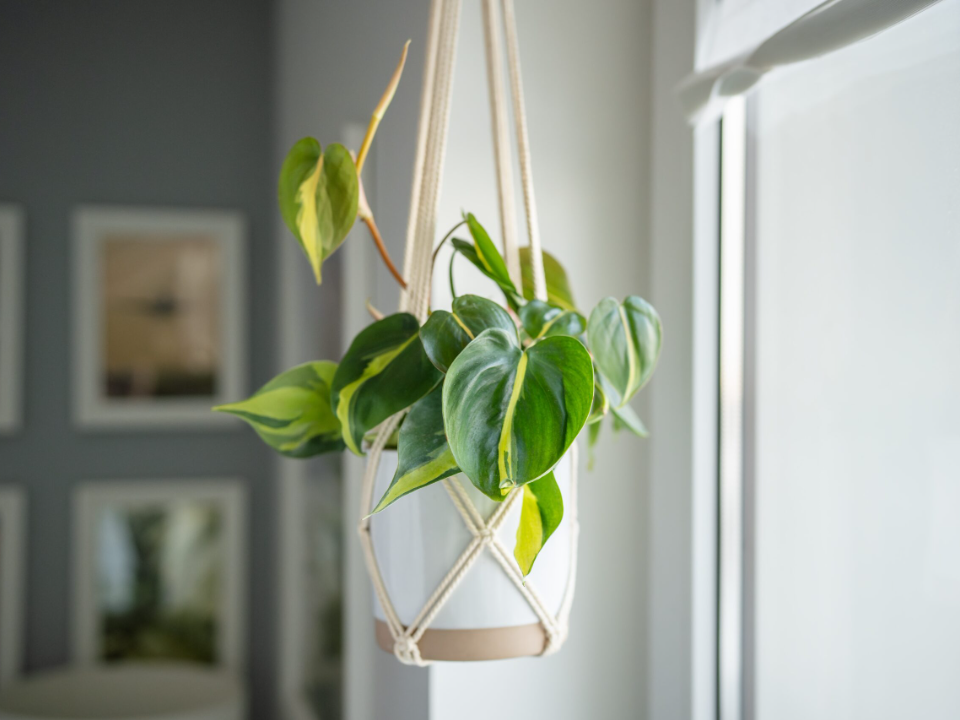
Philodendrons are popular houseplants due to their ease of care and air-purifying abilities. They can filter out harmful chemicals like formaldehyde, making them a valuable addition to any home. Philodendrons thrive in low to medium light and only need to be watered when the soil is dry. Their large, heart-shaped leaves add a touch of greenery to any room.
These plants are ideal for people with allergies because they are non-toxic to both humans and pets. They are low-maintenance and adaptable, making them a great choice for beginners or busy individuals. With proper care, philodendrons can thrive in a variety of indoor environments and help improve the air quality in your home.
Pothos
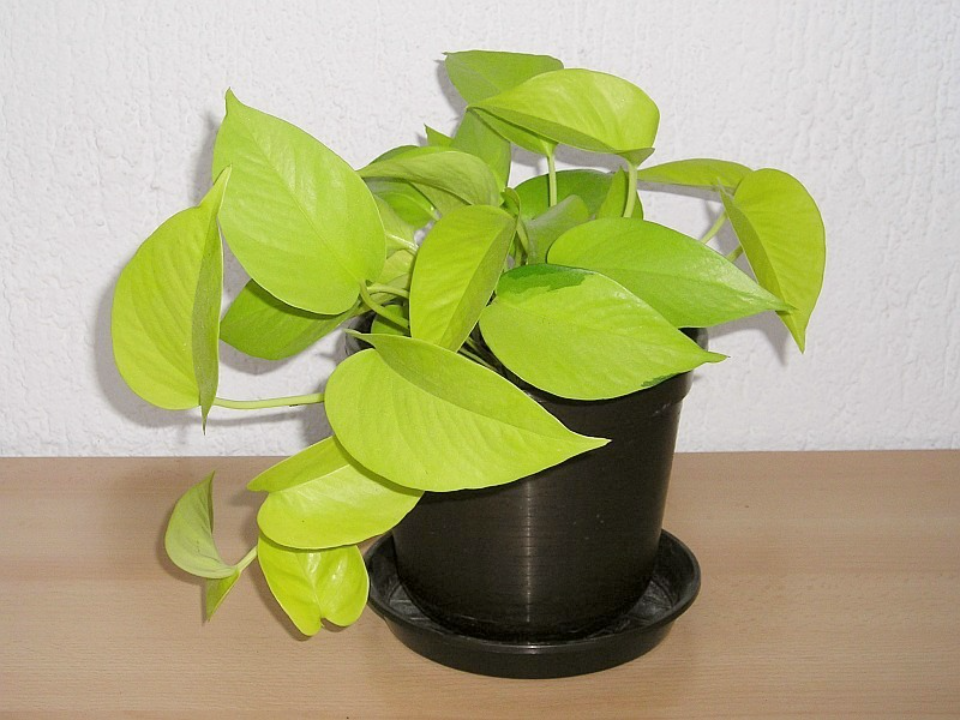
Pothos, also known as devil’s ivy, is an easy-to-grow plant that can thrive in almost any environment. It is highly effective at filtering out harmful chemicals like benzene, formaldehyde, and xylene. Pothos can tolerate low light and requires only occasional watering, making it a low-maintenance plant suitable for any room in the house.
These plants are great for those with allergies because they do not release pollen into the air. Pothos are also safe for homes with pets, as they are non-toxic to animals. With their trailing vines and heart-shaped leaves, pothos add a touch of greenery to your space while helping purify the air.
Gerbera Daisy
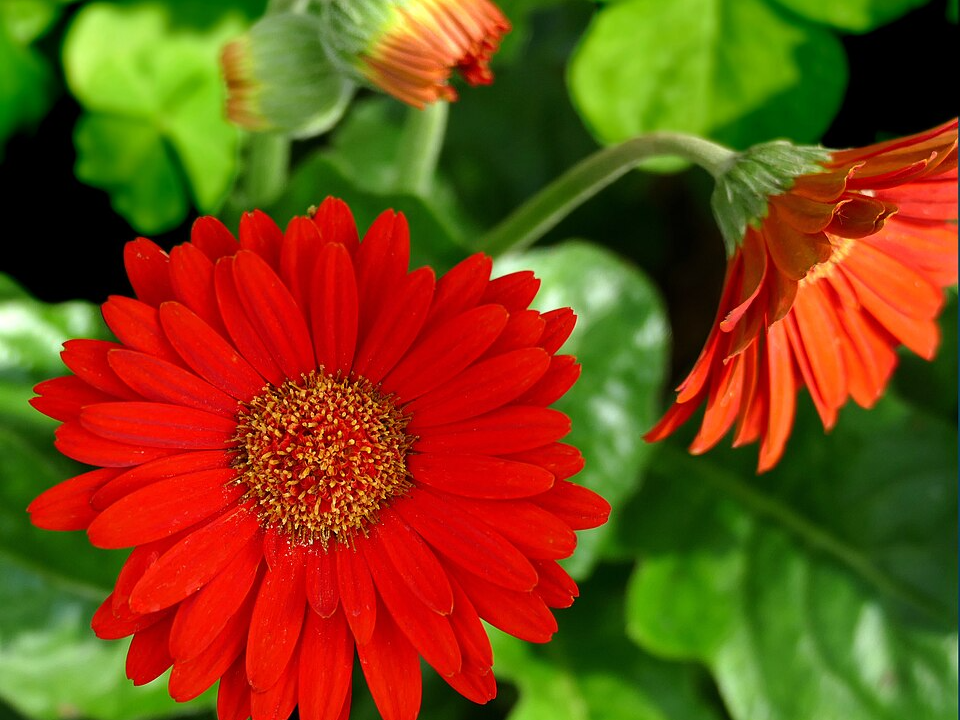
The gerbera daisy is known for its vibrant colors and ability to purify the air. It is effective at removing harmful toxins such as formaldehyde, benzene, and trichloroethylene. Gerbera daisies thrive in bright light and require well-drained soil, making them a great choice for sunny windowsills or rooms with plenty of natural light.
These flowers are not only beautiful but functional in improving indoor air quality. The gerbera daisy’s bright colors can help liven up any room, and it can also help reduce allergens in the air. It is safe for homes with pets and can be a delightful addition to any allergy-friendly home.
Chrysanthemum
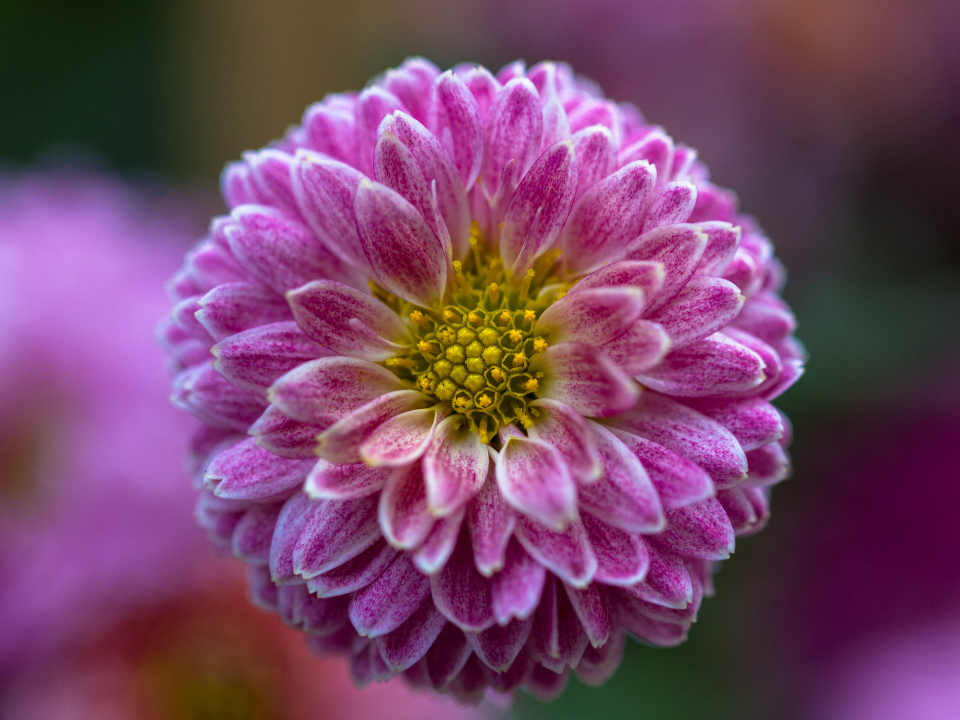
Chrysanthemums are a popular flower that also offers air-purifying benefits. They are particularly effective at filtering out harmful chemicals such as benzene, formaldehyde, and trichloroethylene. Chrysanthemums thrive in bright, indirect light and require regular watering to keep the soil moist.
In addition to their air-purifying qualities, chrysanthemums add a burst of color to your home. Their cheerful blooms can brighten up any room while helping to cleanse the air. These flowers are safe for homes with pets and can help improve overall indoor air quality, making them a great choice for allergy sufferers.
Boston Fern
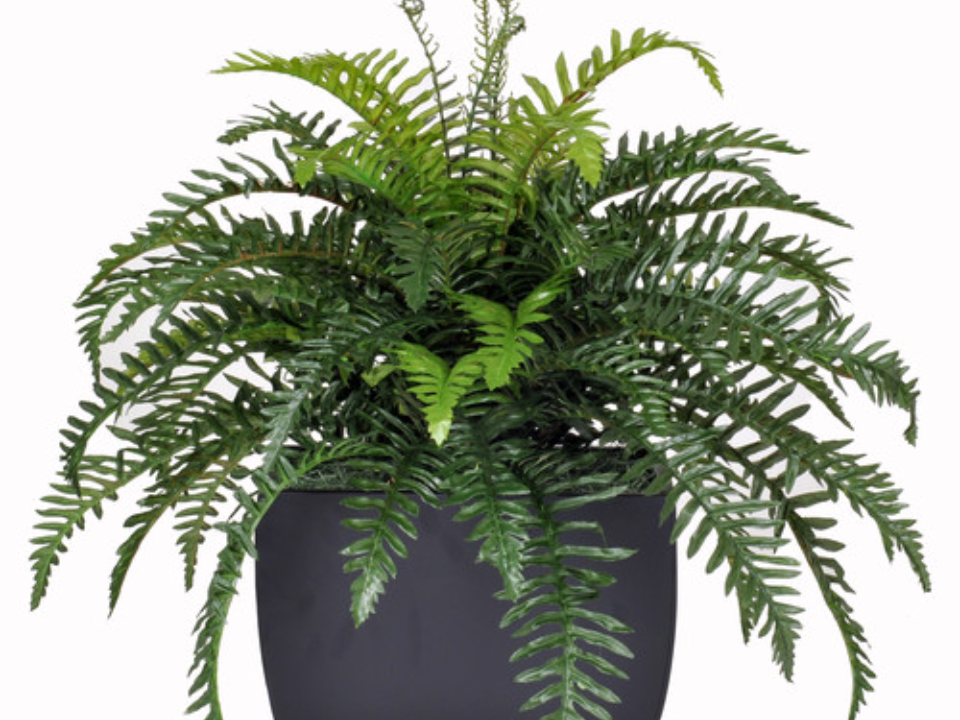
The Boston fern is an excellent plant for improving air quality in the home. It is particularly effective at removing formaldehyde and xylene from the air. Boston ferns thrive in humid conditions and prefer indirect light. They need regular watering to keep the soil moist, and their lush, feathery fronds add a tropical feel to any room.
These ferns are ideal for people with allergies because they help to reduce airborne particles that can trigger sensitivities. Boston ferns can be placed in bathrooms, kitchens, or any room with high humidity, and their ability to purify the air makes them a valuable addition to your home. Their beauty and health benefits make them a top choice for improving your indoor environment.
Geranium
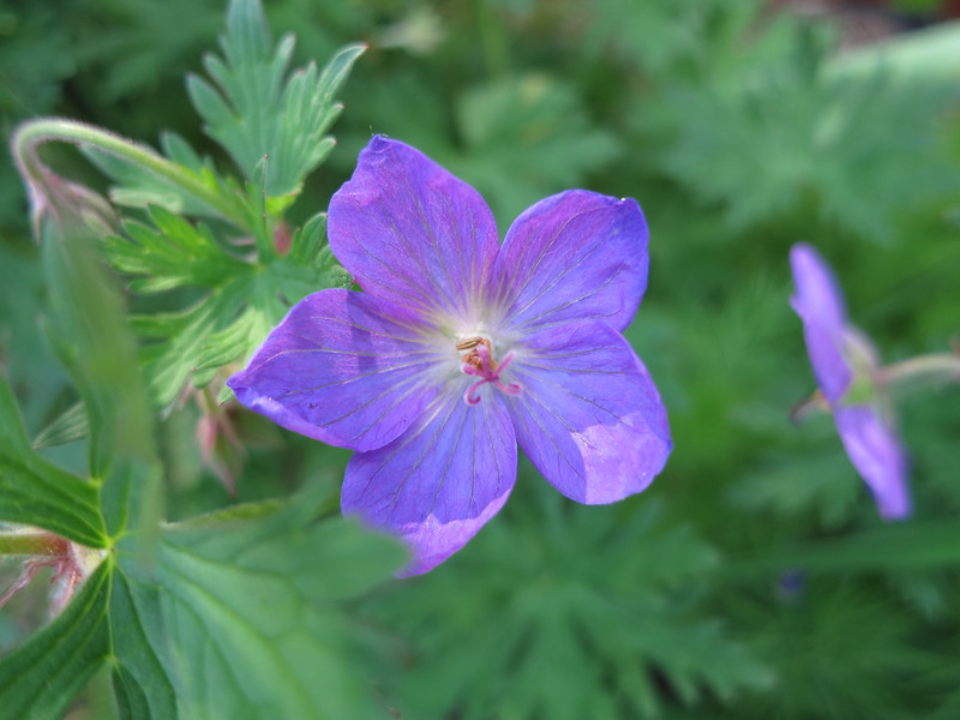
Geraniums are not only vibrant and beautiful, but they also help purify the air. They are effective at filtering out formaldehyde and other toxins, improving the air quality in your home. Geraniums thrive in bright light and need well-drained soil to prevent overwatering. Their colorful flowers can add a cheerful touch to any room.
The aroma of geraniums is also known to act as a natural repellent against insects, making them perfect for kitchens and patios. These plants are non-toxic to pets, making them safe for households with animals. With their easy care requirements and air-purifying properties, geraniums are an excellent choice for allergy-friendly homes.
Dracaena
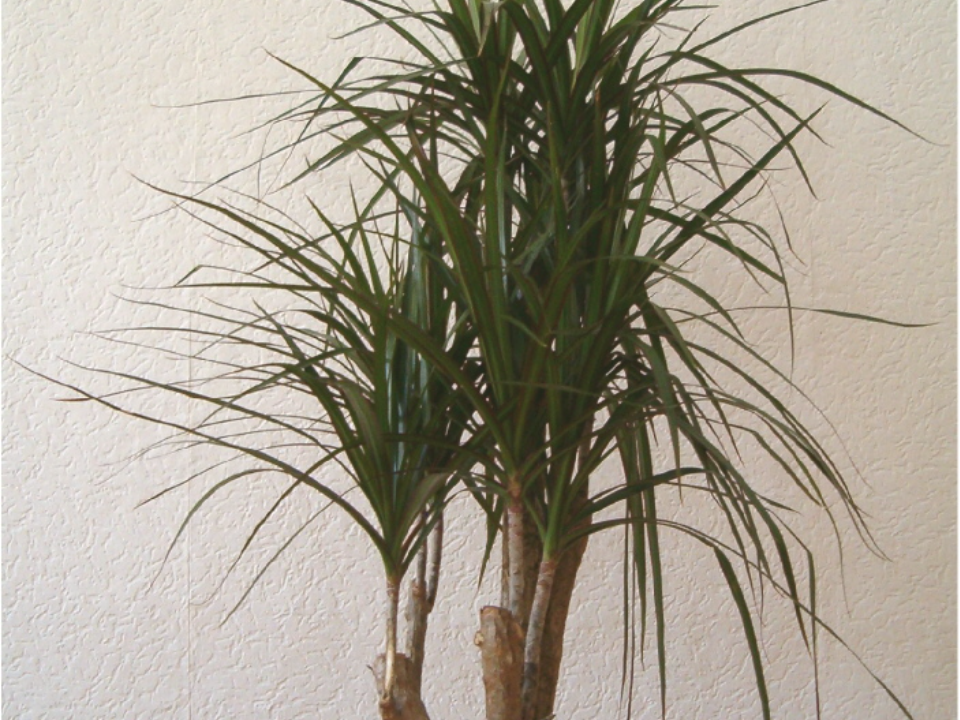
Dracaenas are hardy plants known for their ability to remove harmful toxins like benzene and formaldehyde from the air. These plants thrive in indirect light and require only occasional watering. Dracaenas have long, narrow leaves that can add a touch of elegance to any room.
Dracaenas are beneficial for allergy sufferers because they help purify the air without releasing pollen. Their low-maintenance nature and air-purifying properties make them a great addition to any home. With their unique appearance, they can complement a variety of interior styles while improving air quality.
Calathea
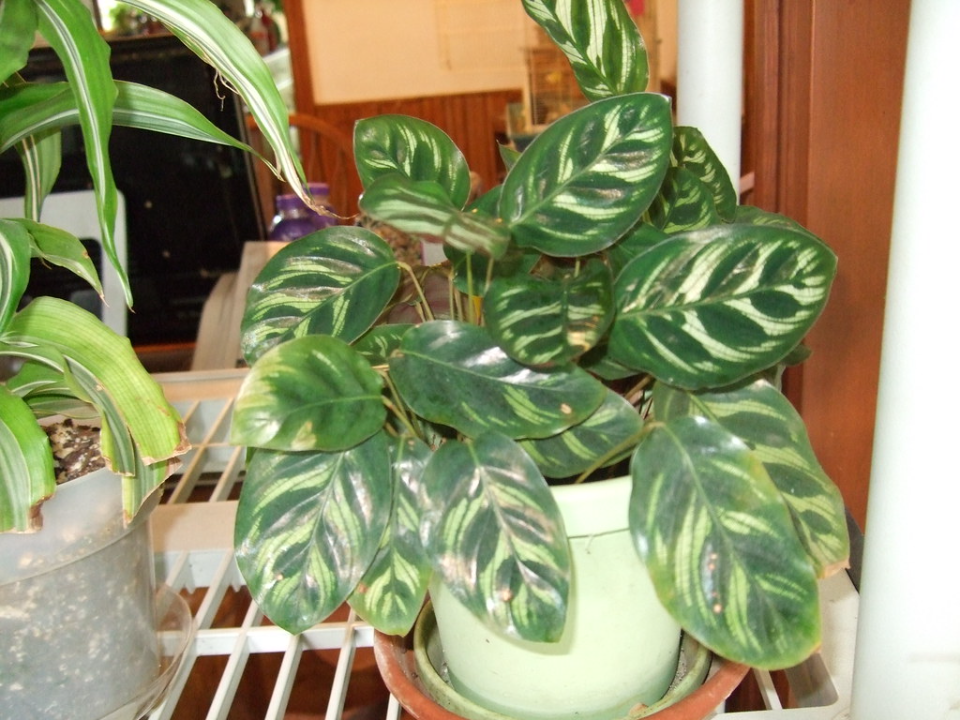
Calathea is a beautiful plant known for its striking foliage and air-purifying properties. It thrives in low to medium light and prefers high humidity. Calathea plants are effective at filtering out toxins like formaldehyde, making them ideal for homes with allergy sufferers.
In addition to their air-purifying qualities, Calathea plants add a touch of elegance with their colorful, patterned leaves. These plants are safe for pets and require regular watering to keep the soil moist. With their unique beauty and ability to improve air quality, Calatheas are an excellent choice for any indoor space.
This article originally appeared on Avocadu.
